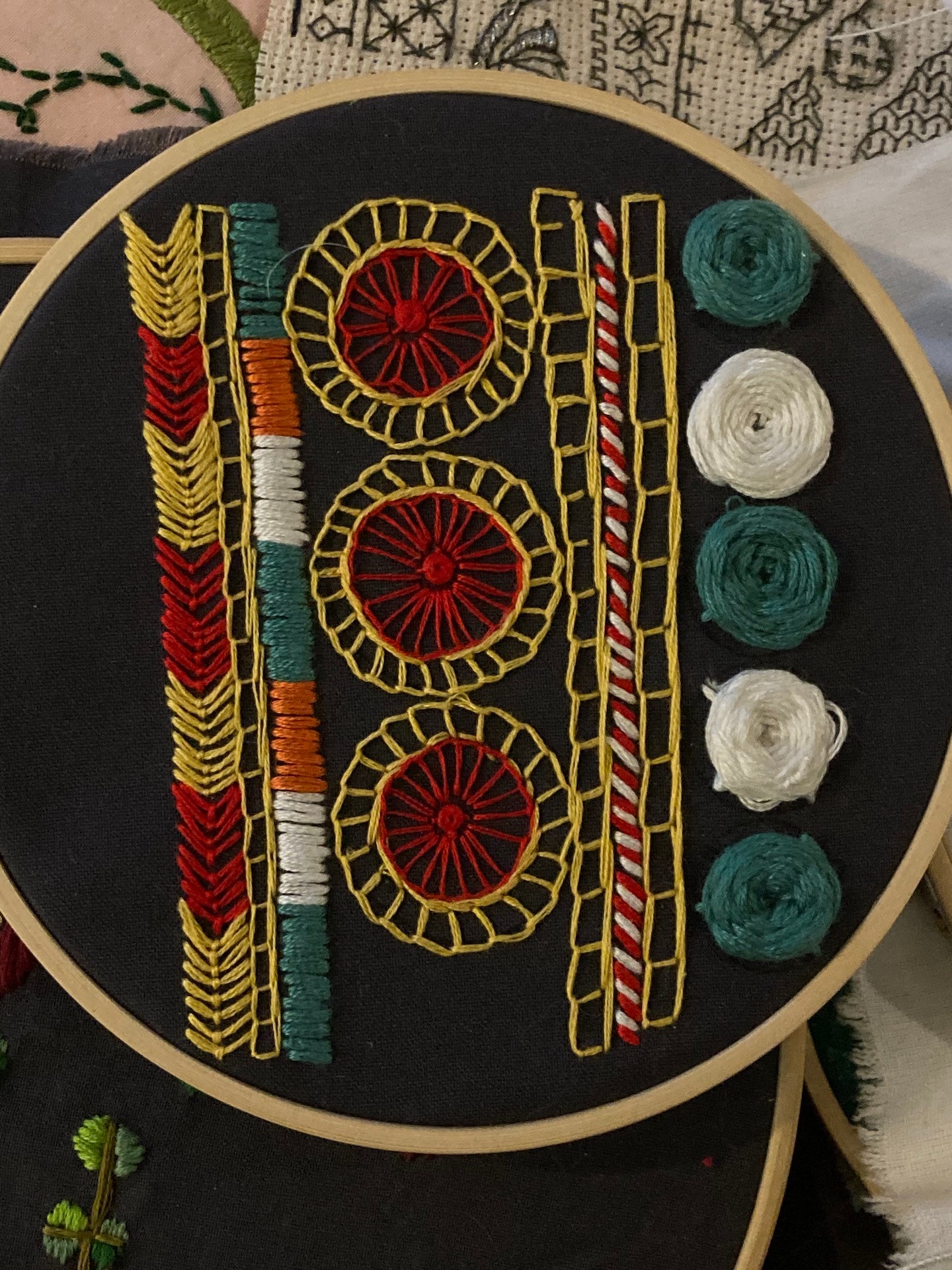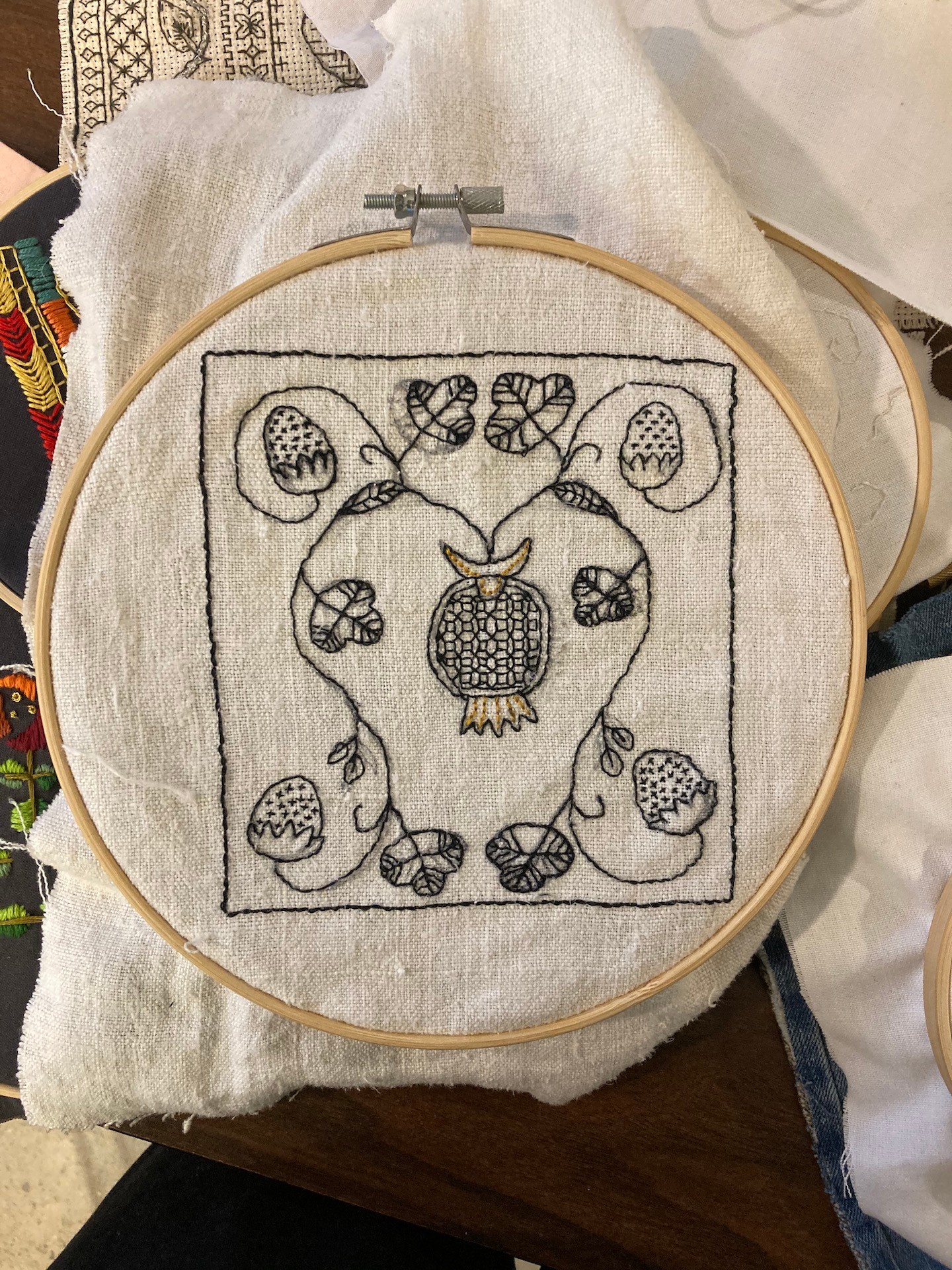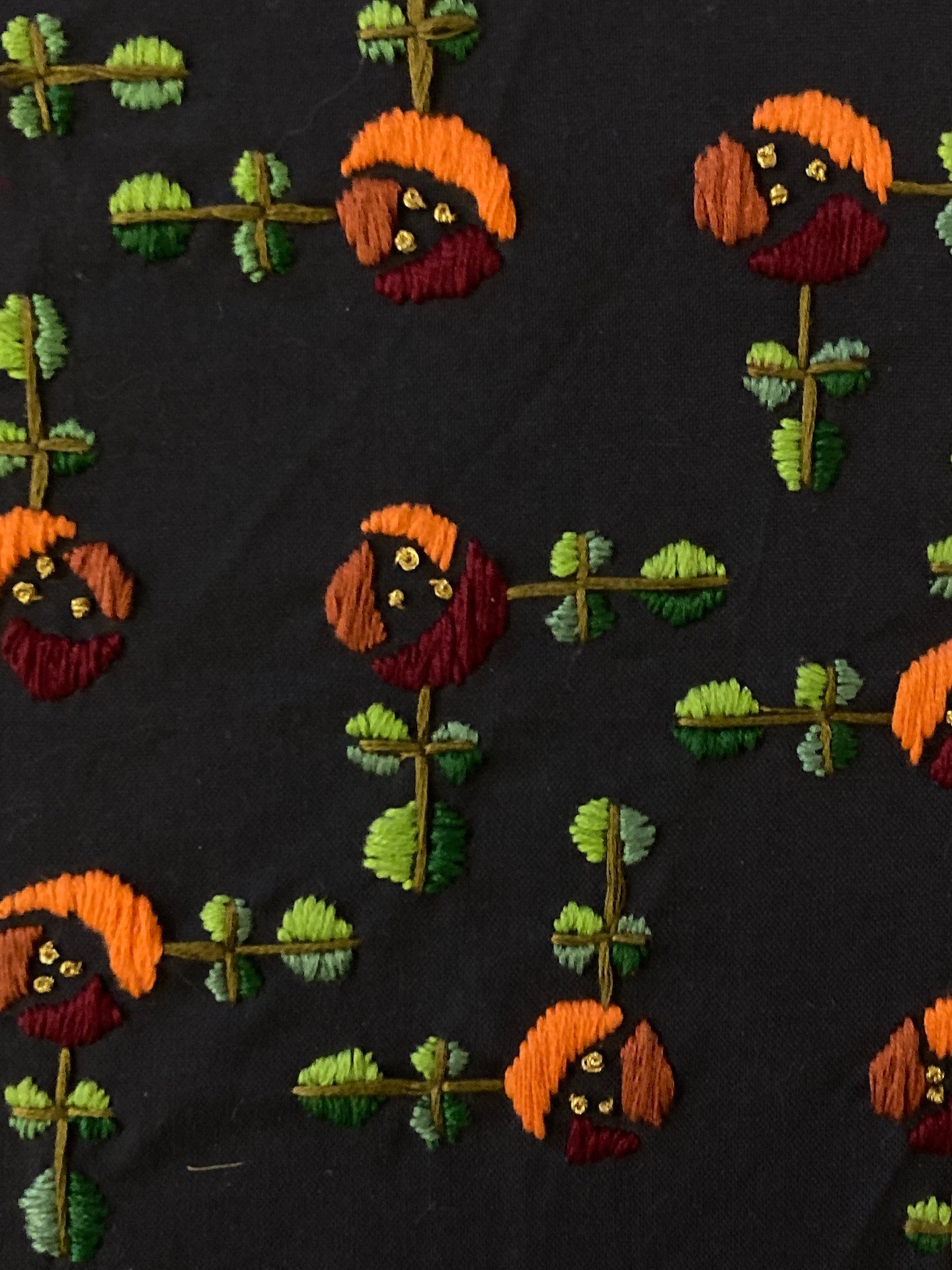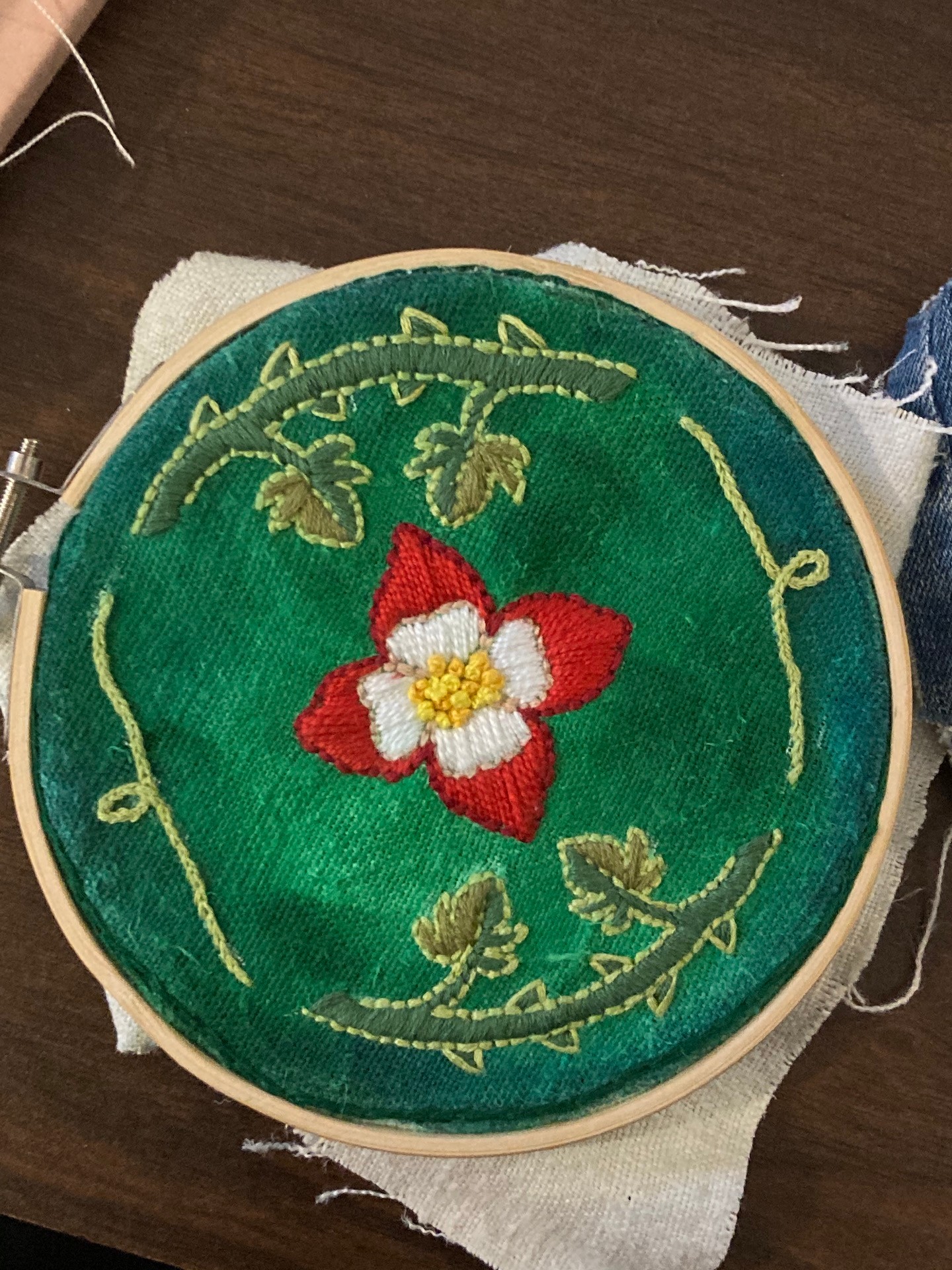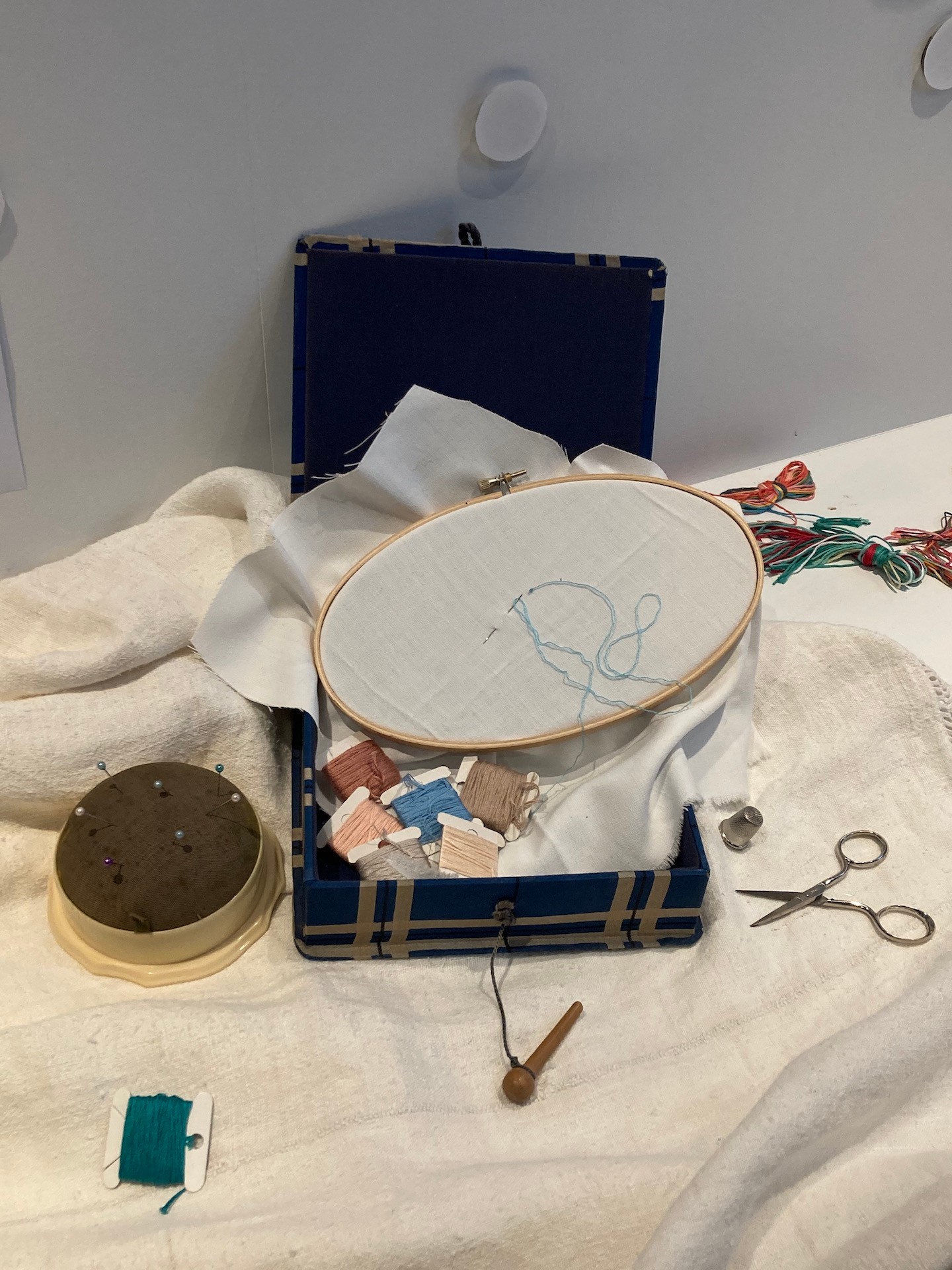ARTH 366 - Women as Producers and Consumers in 18th and 19th Century Western Europe
January 9 - February 6, 2023
Coordinated by Prof. Mónica Rojo and the Students of ARTH 366, Fall 2022
The contributions of the majority of women in European history cannot be read in the pages of official records. Instead, we can examine the rich and vast material culture women produced and consumed to read their stories and hear their voices.
During the eighteenth and nineteenth centuries, many women worked in textile production in Western Europe. Needlework especially became seen as 'women's work' during this time and was codified as craft, rather than fine art. This work was often produced in the domestic sphere by women and, as such, was both undervalued and underpaid. Not permitted to participate in the public sphere, the disenfranchised woman was able to use needlework to achieve agency of various kinds. The woman needleworker could subtly proclaim her political views through her choice of motifs and designs. She could relay the story of her life in the narrative created by her composition. She could contribute to a political campaign or movement by the symbolic use of colour and motifs. She could pass on her nation's historical events and battles through pictorial depictions stitched on banners. She could freely express who she cared for and loved by the objects she decorated and gifted. And she could exhibit her art for others to see by 'painting' with needle and thread.
The embroidered artworks you see represent the portion of this course dedicated to embodied learning and practice. Students put themselves in the place of women needleworkers of the eighteenth and nineteenth centuries in Western Europe. They were asked to produce a 5" x 5" original work of embroidery that was inspired by the type of embroidery work from their choice of any socio-political area within Europe during these two centuries. Each artwork had to be tethered to the historical embroidery by using four related elements, such as through the selection of fabric, stitch, motif, design, composition, or colours.
Through this exercise of doing, students developed a deeper understanding and appreciation for the level of skill, artistry, and time involved in producing a work of embroidery. While relatively small, each embroidered artwork you see represents many, many hours of labour. They also almost all represent the first work of embroidery the artist has ever produced... but hopefully not the last.
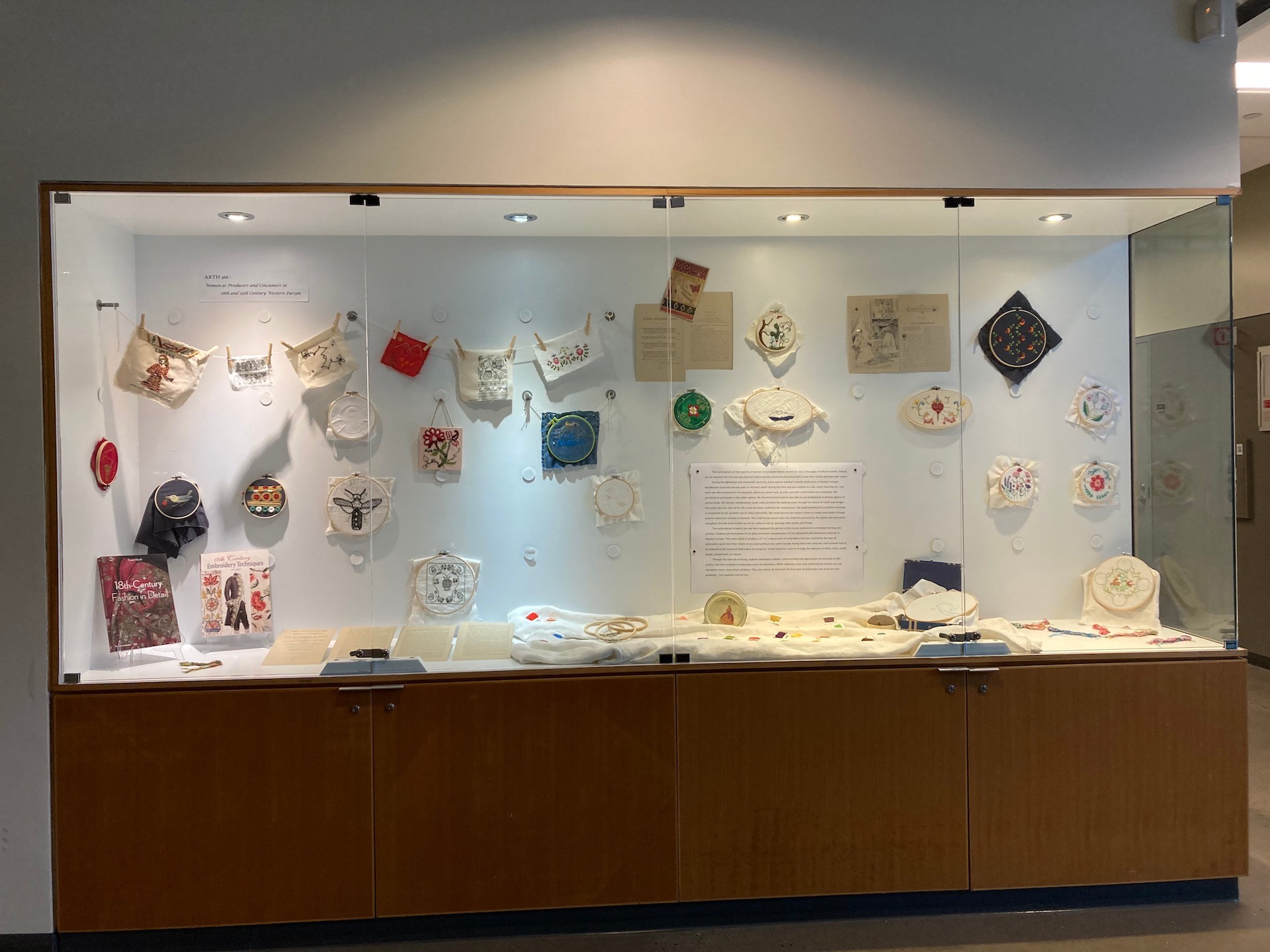 Exhibition view
Exhibition view
